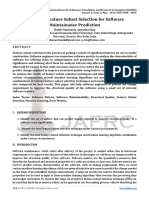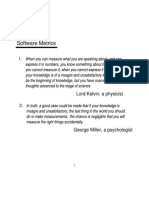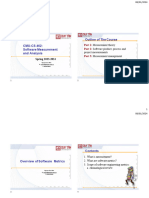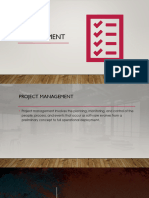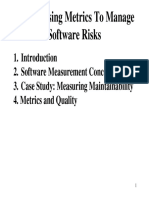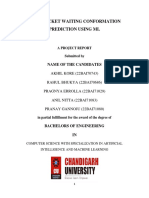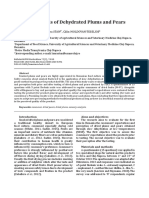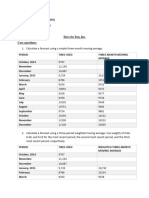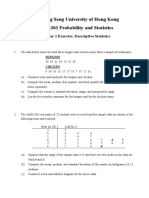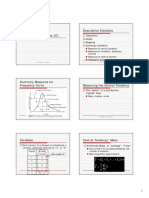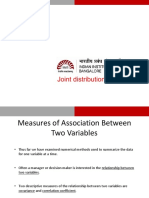0% found this document useful (0 votes)
23 views39 pagesOrganized
The document describes 10 practical experiments conducted on software engineering datasets using various machine learning techniques. The practicals cover extracting software metrics using CKJM, descriptive statistics, PCA, regression analysis, data preprocessing, classification algorithms, feature selection and non-parametric statistical tests.
Uploaded by
tarunmalikjaat6Copyright
© © All Rights Reserved
We take content rights seriously. If you suspect this is your content, claim it here.
Available Formats
Download as PDF, TXT or read online on Scribd
0% found this document useful (0 votes)
23 views39 pagesOrganized
The document describes 10 practical experiments conducted on software engineering datasets using various machine learning techniques. The practicals cover extracting software metrics using CKJM, descriptive statistics, PCA, regression analysis, data preprocessing, classification algorithms, feature selection and non-parametric statistical tests.
Uploaded by
tarunmalikjaat6Copyright
© © All Rights Reserved
We take content rights seriously. If you suspect this is your content, claim it here.
Available Formats
Download as PDF, TXT or read online on Scribd
/ 39















